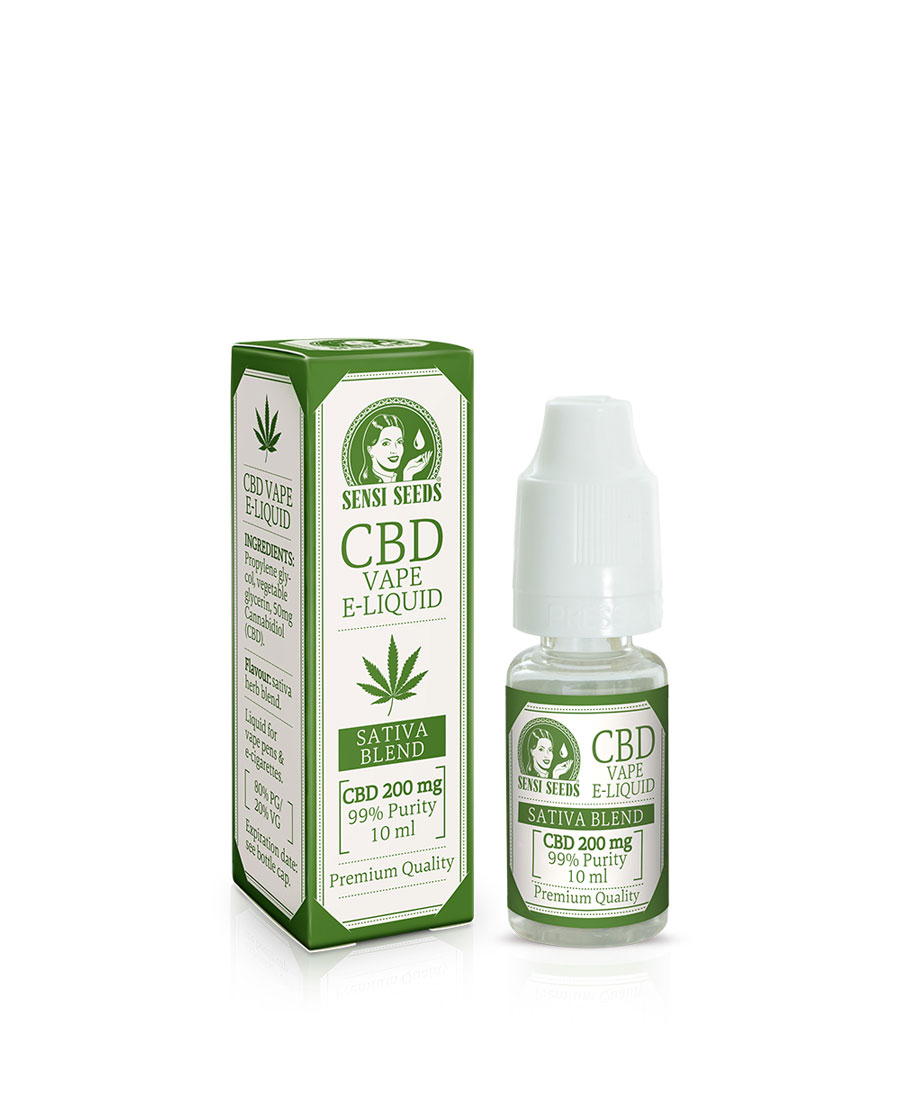

#Liquid notes 1.5.3 seeds free
The levels of free fatty acids in serum, liver, and heart of the treated animals were significantly decreased. Feeding a diet containing coriander seed powder resulted in a significant decrease in the levels of lipid peroxides, as determined by malondialdehyde, hydroperoxides and conjugated dienes in liver and heart. In a further study, they examined the changes in levels of lipid peroxides and activity of antioxidant enzymes in female rats maintained on a high-fat diet containing 10% coriander seed powder for 90 days. The serum levels of very low and low-density lipoprotein cholesterol were decreased, while high-density lipoprotein cholesterol increased. The levels of total cholesterol and triglycerides were decreased significantly in serum, liver, and heart. In these studies, Chithra and Leelamma (1999) investigated changes in lipid metabolism in rats fed a high-fat diet containing coriander seed powder for 75 days. Feeding of “coriander seed oil” containing high proportions of a positional isomer of oleic acid (i.e., petroselinic (cis-6-octadecenoic) acid) to rats for 10 weeks resulted in a significant decrease in proportions of arachidonic acid in the cellular lipids of rats.ĭifferent studies have proven coriander’s efficacy as antidiabetic, hypolipidemic, and antioxidant.
#Liquid notes 1.5.3 seeds series
In a series of studies, Weber and colleagues observed the effects of coriander seed oil on lipid metabolism ( Weber et al., 2003). In a series of experiments on spice principles as antioxidants in the inhibition of lipid peroxidation of rat liver microsomes, it is reported that linalool, the principle component of coriander seed oil, had no significant effects on ascorbate/Fe 2+-induced lipid peroxidation of rat liver microsomes ( Reddy & Lokesh, 1992). Additionally, feeding the diet containing the spice mix significantly stimulated bile flow and bile acid secretion ( Platel et al., 2002). In another study, it is reported that feeding coriander seed protected against 1,2-dimethylhydrazine-induced colon and intestine tumors in male rats ( Chithra & Leelamma, 2000).Ĭoriander, as a major constituent of a spice mix added to a diet fed to female rats for 8 weeks, “favorably enhanced” the activities of pancreatic lipase, chymotrypsin, and amylase. The results of this study suggest that coriander seeds may protect various tissues by preventing the formation of free radicals ( Medhin et al., 1986). Coriander seeds had hypotensive effects in rats. Its use has been suggested with caution, because of potential allergic reactions from furanocoumarins ( Brinker, 1998).Ĭoriander seeds inhibit the electrically-evoked contractions of spiral strips and tubular segments of isolated central ear artery from rabbit.

Coriander has been shown to stimulate gastric acid secretion by a cholinergic mechanism.Ĭoriander seed is also used as an anti-edemic, anti-inflammatory, antiseptic, emmenagogue, antihypertensive, and myorelaxant. Coriander seeds are used as stomachic, spasmolytic, and carminative, and for their digestive stimulation and antibilious effect ( Usmanghani et al., 1997).

It is generally used in gastrointestinal complaints such as anorexia, dyspepsia, flatulence, griping pain, vomiting, sub-acid gastritis, and diarrhea, and in disorders resulting from delayed gastrointestinal transit, including anorexia and indigestion ( Tatsuta & Iishi, 1993). Different studies have proven its efficacy as a larvicidal, bactericidal, and fungicidal. In folk medicine, the seeds find use against intestinal parasites. Maryam Eidi, Akram Eidi, in Nuts and Seeds in Health and Disease Prevention, 2011 Applications to Health Promotion and Disease PreventionĬoriander seed is known for its wide range of healing properties.


 0 kommentar(er)
0 kommentar(er)
